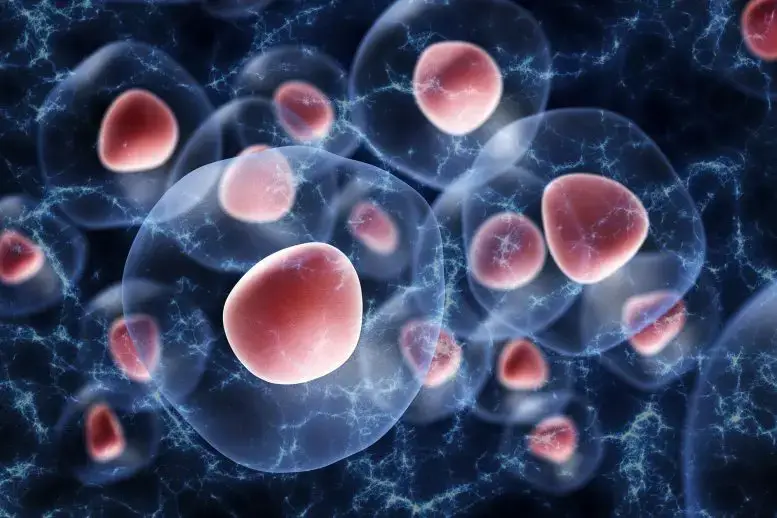Tuesday, May 30, 2023
Monday, May 22, 2023
Thursday, May 18, 2023
Exploring the Power of Cloud Computing | The Future is in the Cloud | Bu...
Wednesday, May 17, 2023
Exploring the Latest Android Mobile Features | Mastering Android Mobile ...
Tuesday, May 16, 2023
Regulatory Affairs| Manager Regulatory Compliance Officer | Regulatory ...
Monday, May 15, 2023
Thursday, May 11, 2023
Benzene’s forgotten isomer takes centre stage in organic synthesis

in a diverse range of cycloaddition, nucleophilic addition and σ-bond insertion reactions, enabling
chemists to construct complex molecular architectures in just a few steps.
Isomers of benzene have captured the imagination of organic chemists for decades and studies
of unusual strained structures such as Dewar-benzene and prismane have proven pivotal to our
understanding of resonance theory and aromaticity. High-energy relatives of benzene like benzyne
and 1,2-cyclohexadiene have likewise attracted significant interest, their propensity to undergo strain-promoted
reactions making them valuable synthetic intermediates.
conjugated double bonds of benzene, 1,2,3-cyclohexatriene’s three contiguous olefins lack any stabilising
aromaticity and the strained ring structure, resulting from the distortion of the sp-hybridised carbon’s naturally
linear geometry, led many to believe this isomer was simply too unstable to be synthetically useful. ‘If you were to
try to build this species with plastic models, you would certainly break them,’ says Frederick West, an
organic chemist from the University of Alberta, Canada. ‘The extreme angle strain that this intermediate
experiences renders it highly reactive and the release of strain in the final product makes its reactions highly
favourable thermodynamically.’
Tuesday, May 9, 2023
Monday, May 8, 2023
Dr. Xiliang Liu, China university of petroleum Beijing, China, Best Res...
The Spark Within: Previously Unknown Intracellular Electricity May Power Biology
The Spark Within: Previously Unknown Intracellular Electricity May Power Biology
In a groundbreaking study, researchers have uncovered electrical activity in biological condensates, cellular structures that were previously not known to harbor such activity. Traditionally, scientists believed that electrical imbalances, crucial for biological processes, could only exist across cellular membranes. However, this study, building on previous research that found such imbalances could occur between air and water microdroplets, reveals that similar electrical fields also exist within and around biological condensates. The researchers discovered that these imbalances could spark reactive oxygen or “redox” reactions. The finding not only challenges existing understanding of biological chemistry but could also provide insights into how the first life on Earth harnessed the energy necessary for its existence.
The human body relies heavily on electrical charges. Lightning-like pulses of energy fly through the brain and nerves and most biological processes depend on electrical ions traveling across the membranes of each cell in our body.
Now, researchers at Duke University have discovered that these types of electric fields also exist within and around another type of cellular structure called biological condensates. Like oil droplets floating in water, these structures exist because of differences in density. They form compartments inside the cell without needing the physical boundary of a membrane.
Technological Singularity: This is perhaps the most well-known usage of the term. It refers to a hypothetical point in the future when tech...

-
Twitter https://twitter.com/academicawards Linked in https://www.linkedin.com/in/harita-r-1b9861224/ Pinterest https://in.pinterest.com/a...
-
Highway technology New technology that monitors commercial vehicles will improve safety for local residents and drivers on Highway 5A. Weig...
-
WhatsApp Chat GPT Integration via GitHub Project Lets Users Add AI to Conversations: Details WhatsApp is arguably the world's most pop...






